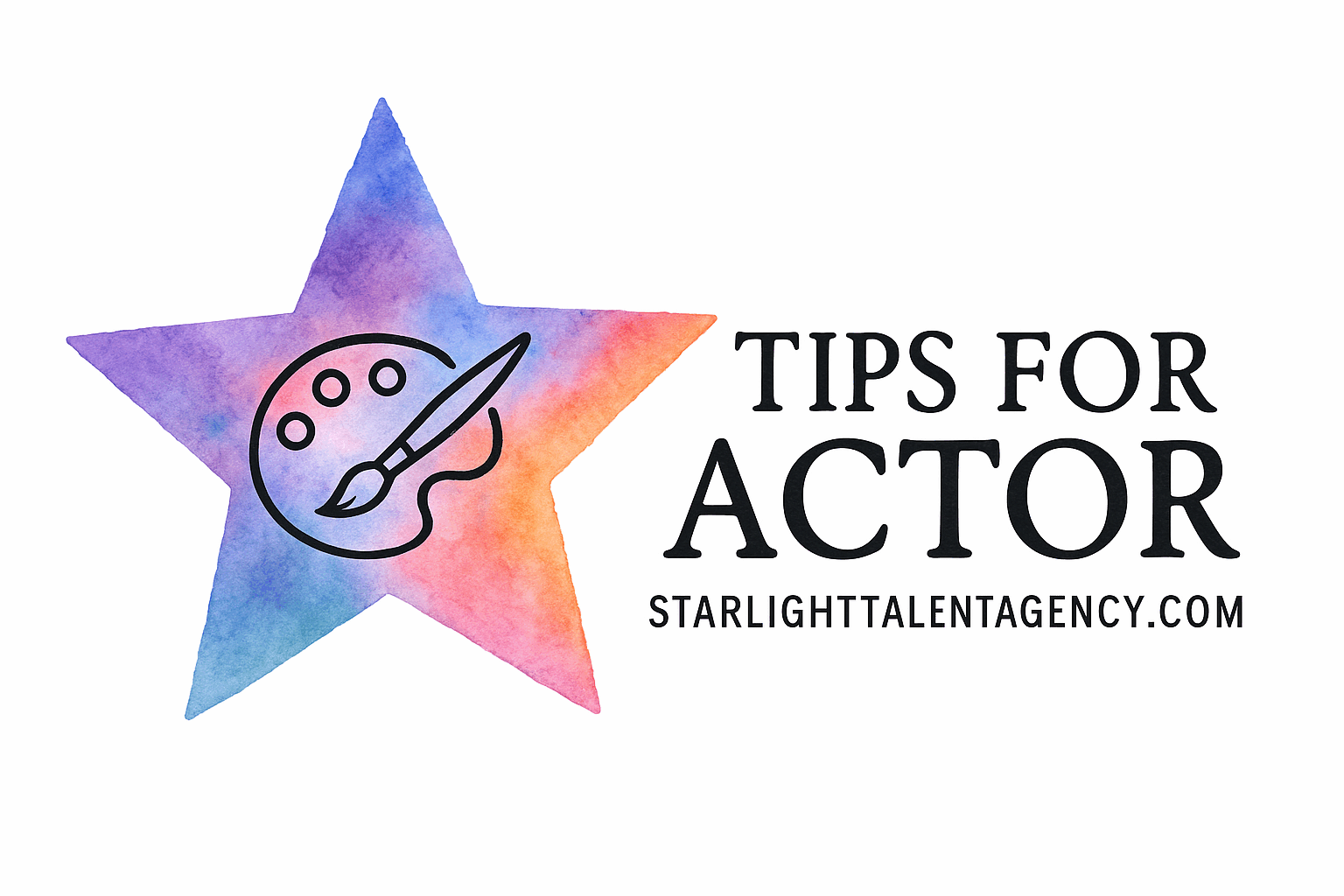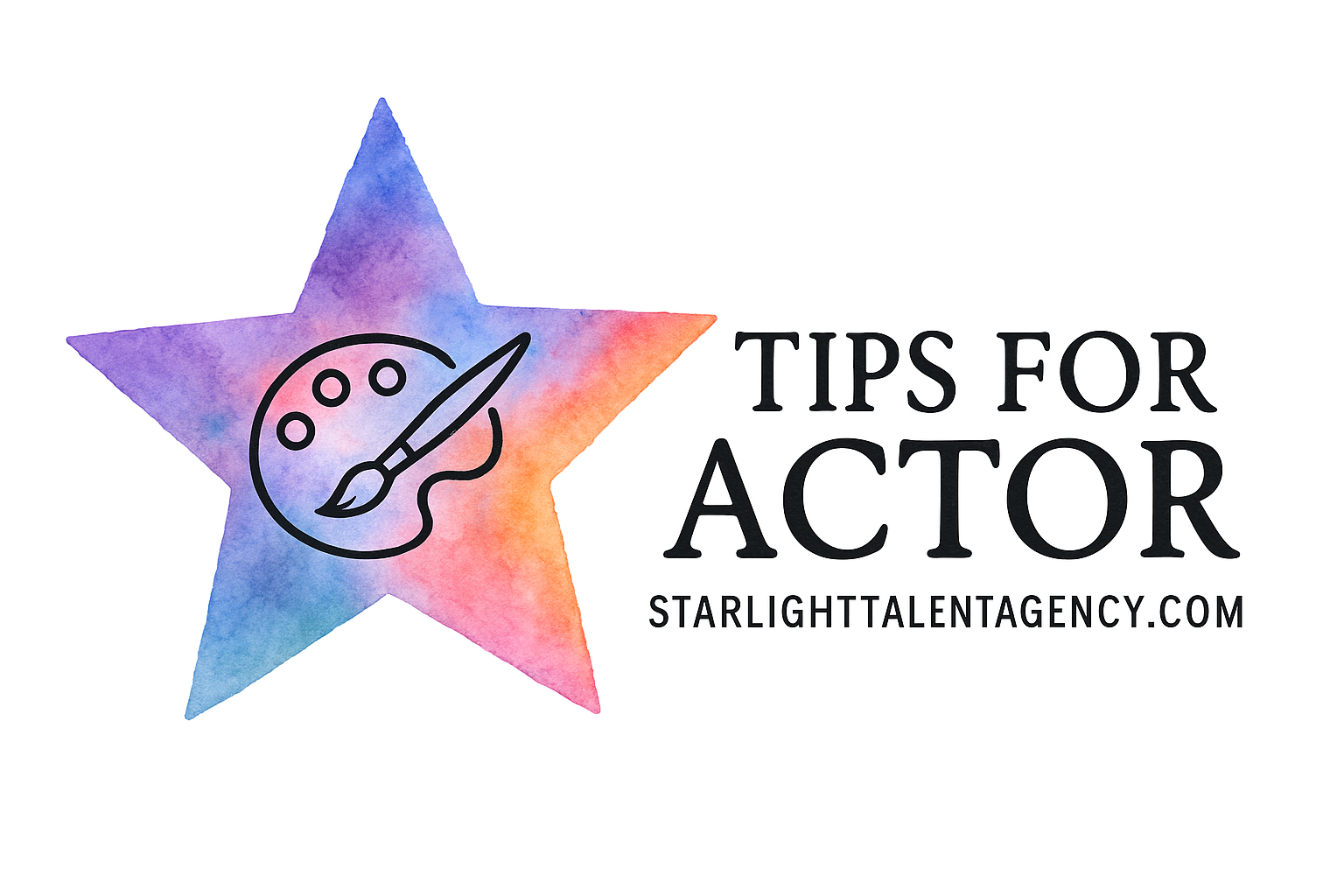Introduction: Why Self-Tape Lighting Can Make or Break Your Audition
Let’s be honest — your talent shines brightest when people can actually see you. Poor lighting can ruin even the most brilliant performance. Casting directors aren’t just watching for your skills; they’re looking for clarity, energy, and professionalism. And guess what? All that starts with your lighting setup.
When you understand how lighting affects your self-tape, you can control how you look, feel, and connect on camera. So, let’s break down 10 expert coaching tips for actor self-tape lighting that will help you glow — literally and figuratively.
Understanding the Role of Lighting in Self-Tapes
How Lighting Affects Mood and Performance
Lighting sets the tone before you even speak a word. Think about it — soft lighting feels intimate and warm, while harsh lighting can make you look tense or tired. The right lighting helps the casting team focus on you, not your shadows.
Common Lighting Mistakes Actors Make
Many actors underestimate lighting, filming next to a random lamp or relying on sunlight from a single window. This leads to harsh shadows, uneven skin tones, and a loss of detail. A simple fix? Learn how to balance and direct light intentionally.
Tip 1: Choose the Right Lighting Equipment
Recommended Lights for Self-Taping
Your lighting gear doesn’t have to be fancy, but it should be functional. Look for:
- LED ring lights – great for even, flattering light.
- Softbox lights – ideal for professional, diffused lighting.
- Panel lights – portable and adjustable for flexible setups.
Soft vs. Hard Light – What’s Better for You?
Soft light (from diffused sources) smooths out skin tones and reduces wrinkles or shine. Hard light, on the other hand, creates strong shadows — not ideal unless you’re going for a specific cinematic mood. For auditions, always lean toward soft, natural-looking light.
Tip 2: Use Natural Light Wisely
Best Times of Day to Film
Natural light is your best friend — if you know when to use it. The “golden hours,” right after sunrise and before sunset, offer warm, flattering tones. Midday sun, however, can be too harsh and cast strong shadows.
Adjusting for Weather and Window Position
Overcast days give you naturally soft light. If it’s sunny, diffuse it with a sheer curtain. Always face your window — never put it behind you — to avoid backlighting that turns your face into a silhouette.

Tip 3: Set Up Three-Point Lighting
Key Light, Fill Light, and Backlight Explained
A classic setup that works for every actor is three-point lighting:
- Key Light: Your main light source (usually a softbox or LED panel).
- Fill Light: A softer light that balances shadows on your face.
- Backlight: Adds depth by separating you from the background.
How to Create Depth and Dimension
Position your lights at roughly 45-degree angles to your face. The key is to create soft shadows that contour your features without overpowering them. This adds dimension and makes your self-tape look cinematic.
Tip 4: Avoid Overexposure and Shadows
Adjusting Brightness and Diffusion
If your lighting feels “too bright,” it probably is. Use diffusion materials like softboxes, umbrellas, or even a white bedsheet to soften the glow. You want your features visible without washing out your skin tone.
The Right Distance Between You and the Lights
Too close and you’ll look shiny; too far and your video looks dim. Keep your lights about 2–3 feet away, adjusting until your face looks natural on camera.
Tip 5: Match Lighting to the Scene’s Mood
Emotional Impact of Lighting Choices
A romantic scene might benefit from warmer tones, while a crime drama could use cooler, more neutral lighting. Matching lighting to your scene shows casting directors that you understand the story’s tone.
Example Lighting Setups for Different Genres
- Comedy: Bright and soft lighting.
- Drama: Moderate contrast, slightly cooler tone.
- Thriller: Low-key lighting with controlled shadows.
Tip 6: Keep Your Background Clean and Lit Properly
Why Background Lighting Matters
Your background shouldn’t compete for attention. Keep it simple, neutral, and evenly lit. Shadows or clutter behind you can distract casting directors from your performance.
Color Temperature and Background Harmony
Stick to daylight-balanced bulbs (5000–5600K) for consistency. Mixing warm and cool lights can create awkward color tints. Your background lighting should complement, not clash, with your skin tone and wardrobe.
Tip 7: Check Your Lighting on Camera Before Filming
How to Test and Adjust Using Your Phone or Camera
Record short test clips under your lighting setup. Watch them on a larger screen to see how your lighting reads. What looks fine on your phone might appear too bright or dark on another device.
The Importance of Consistency Between Takes
If you’re filming multiple scenes or re-recording, note your light positions. Consistent lighting creates a professional look and saves time during editing.
Tip 8: Invest in a Reliable Lighting Setup
Affordable Lighting Options for Actors
You don’t need to break the bank. Try:
- Neewer Softbox Lighting Kits
- UBeesize LED Ring Lights
- GVM Panel Light Kits for adjustable color temperature
Portable vs. Studio Setups
If you travel often, a foldable ring light with a tripod is perfect. For home setups, invest in a two- or three-point lighting kit with stands and diffusers.
Tip 9: Balance Lighting with Wardrobe and Skin Tone
Avoiding Color Casts and Shiny Spots
Certain clothing colors reflect light differently. Avoid bright white or neon shades that can bounce unwanted tones onto your face. Use blotting papers or matte powder to reduce shine.
Makeup and Lighting Compatibility
Your makeup should match your lighting conditions. Under cool lights, warm-toned makeup looks more natural. Test your look under your actual lighting before filming.
Tip 10: Keep Practicing and Get Feedback
How to Evaluate Your Self-Tape Lighting
After recording, watch your video critically. Are your eyes clearly visible? Is your skin tone accurate? Adjust, re-record, and refine until your setup feels effortless.
Learning from Professional Coaches
Consider working with acting coaches who specialize in self-tape mastery — like those at Starlight Talent Agency. They can give personalized feedback on lighting, framing, and overall performance quality.
Common Lighting FAQs for Actor Self-Tapes
- What color temperature is best for self-tapes?
Daylight-balanced bulbs (5000–5600K) mimic natural light and look best on camera. - Should I film with overhead lights on?
Avoid them — they create harsh shadows. Use directional lighting instead. - Can I use a ring light alone?
Yes, but pair it with natural light or a fill light for more depth. - Do I need colored lighting?
No. Stick to neutral tones unless your scene demands a creative look. - How do I prevent reflections on my glasses?
Tilt your lights slightly above eye level and use diffusers.
Conclusion: Shine Bright in Every Self-Tape
Perfecting your actor self-tape lighting is like mastering your on-camera presence — it takes awareness, practice, and a bit of creativity. When you control your lighting, you control how the industry sees you. From diffusing your key light to balancing color temperature, these small tweaks can make your talent impossible to ignore.
Remember — it’s not about having the most expensive equipment; it’s about using what you have with purpose. So go ahead, light up your next audition, and let your star power shine.
FAQs
- What’s the best budget lighting setup for beginners?
A ring light with adjustable brightness and color temperature works wonders. - Should I mix natural and artificial light?
Only if both are daylight-balanced. Otherwise, your video might look uneven. - How close should my lights be?
Around 2–3 feet away from you, depending on brightness and diffusion. - What’s the ideal backdrop for self-tapes?
A plain, neutral wall or curtain with minimal texture. - Can I use phone lighting apps?
They help in emergencies but aren’t reliable for professional auditions. - How often should I update my lighting setup?
Every 1–2 years as technology improves and your needs change. - Why does lighting affect my confidence on camera?
When you look your best, you feel your best — and that energy shows in your performance.

